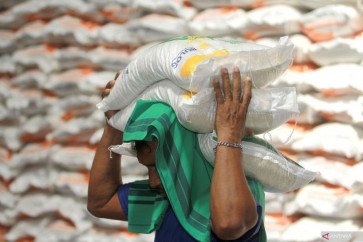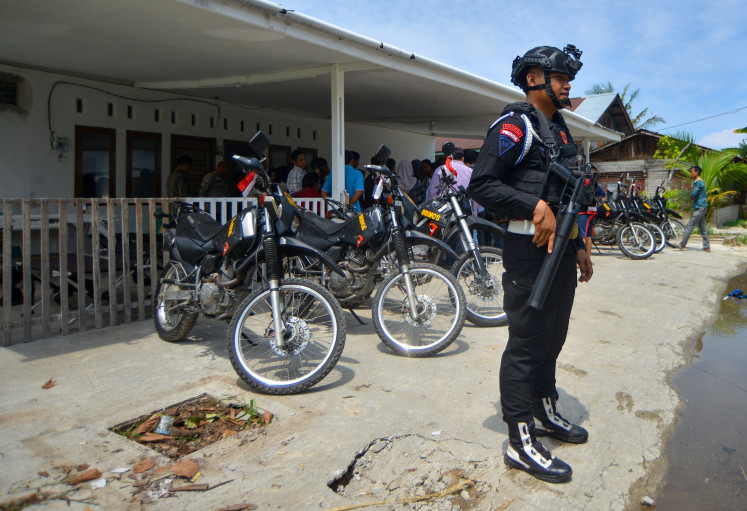Popular Reads
Top Results
Can't find what you're looking for?
View all search resultsPopular Reads
Top Results
Can't find what you're looking for?
View all search resultsLetter: Circumcision and HIV
I refer to an article titled “Circumcision ‘too Islamic’ for Papuan Churches”, (the Post, Nov
Change text size
Gift Premium Articles
to Anyone
I
refer to an article titled “Circumcision ‘too Islamic’ for Papuan Churches”, (the Post, Nov. 8, p. 1).
Casting doubt on the theory that circumcision prevents HIV transmission is a simple look at the prevalence of circumcision and the prevalence of HIV/AIDS in different parts of the world.
As a continent, Africa has the highest percentage of circumcised men, over 60 percent. Africa also has — as most people know — the highest prevalence of HIV/AIDS, with South Africa housing the world’s largest HIV-infected population. In countries like Nigeria and Kenya, (the latter being one of the countries where the study that says circumcision can prevent HIV/AIDS infection was conducted) more than 80 percent of males are circumcised, yet they contain the second- and fourth-largest HIV-infected populations in the world respectively.
Among industrialized nations, the highest prevalence of HIV/AIDS is in the United States, which has the 10th-largest HIV-positive population in the world. And yes, the US also ranks number one among all industrialized nations in its number and percentage of circumcised men: 56 percent as of 2003, compared to countries in Europe, where circumcision is markedly less common — as is the prevalence of HIV/AIDS.
Telling men to get circumcised to prevent HIV/AIDS will simply give them a false sense of security. The bottom line remains the same: the best way to prevent HIV and other sexually transmitted infections — whether you are circumcised, uncircumcised, gay, straight, male or female — is through education and condom use.
Circumcision cannot prevent the spread of HIV. Transmission of HIV infection is caused by risky behaviors, such as multiple sex partners, failure to use condoms, and contaminated instruments or needles. Anyone who engages in high-risk behavior, whether circumcised or intact, is in danger of contracting HIV and other sexually transmitted diseases.
I agree with the Papuan churches not to circumcise.
Every boy is born with a protective, functioning foreskin. Forcibly cutting off the foreskin violates a person’s right to bodily integrity and self-determination.
More effective, less risky and less expensive strategies than circumcision have been successfully implemented. Emphasis must be placed on proven, effective and successful strategies.
Education, not genital cutting, is a safe and proven approach to curbing the spread of HIV.
Frank B.
Jakarta










